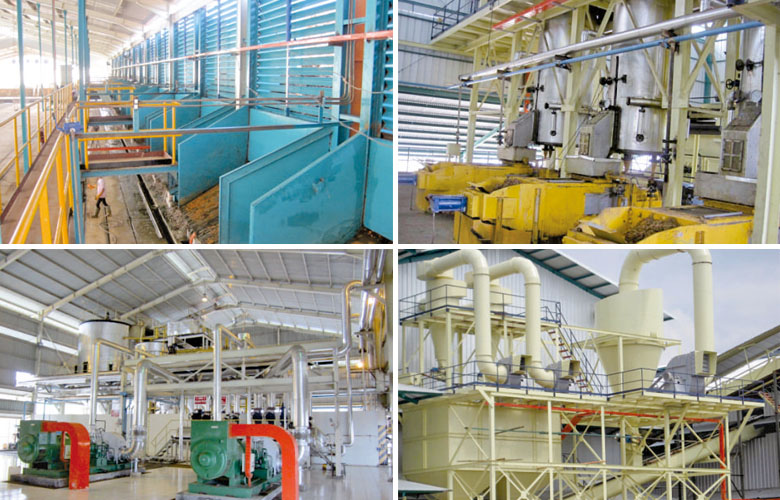What is the difference between palm oil refining and other edible oil refining?
The difference between palm oil refining and other edible oil refining is mainly reflected in the characteristics of raw materials, refining technology and the use and characteristics of the final product. The differences between the two will be analyzed in detail from several aspects.

Different raw material characteristics
Palm oil is a vegetable oil extracted from the fruit of oil palm tree. Its crude oil is orange-red and rich in carotene and natural vitamin E. Palm oil has a high saturated fatty acid content, so it may be semi-solid or solid at room temperature, which is a remarkable feature that distinguishes it from other vegetable oils (such as soybean oil, rapeseed oil, sunflower oil, etc.). In contrast, other edible oils such as soybean oil and rapeseed oil are mostly vegetable oils with high unsaturated fatty acids, and their crude oil is usually in liquid state. This difference directly affects the design and operating conditions of refining process.
Differences in refining processes
The refining of edible oil generally includes four main steps: degumming, deacidification, decoloration and deodorization. However, due to the different characteristics of palm oil, its refining process has been adjusted in some aspects.
Degumming process
The content of phospholipids in palm oil is relatively low, so the degumming process is relatively simple. However, other edible oils, such as soybean oil, have high phospholipid content and need more complicated hydration or enzymatic degumming process.
Deacidification process
The content of free fatty acids in palm oil is usually high, so a more efficient deacidification process is needed. The common method is physical refining (steam distillation), which can not only effectively remove free fatty acids, but also reduce the damage to nutrients such as carotene and vitamin E. However, chemical refining (alkali refining) is more common for other vegetable oils such as soybean oil because of its low free fatty acid content.
Decolorization process
Palm oil is rich in carotene, so it is orange red. In the refining process, some carotene will be removed, but in order to retain certain nutritional value, it is usually not completely decolored. Other edible oils, such as rapeseed oil and soybean oil, have light crude oil color, and decoloration is mainly to remove impurities that affect sensory quality.
Deodorization process
Palm oil and other edible oils need to be deodorized by steam distillation to remove volatile odor components. However, palm oil needs to pay special attention to retain its natural aroma in this process, which is different from other edible oils.
Differences in product characteristics
Refined palm oil has unique characteristics, such as high saturated fatty acid content, which makes it have better oxidation resistance and high temperature resistance, and is especially suitable for frying food. In addition, palm oil can be further separated into palm stearin and palm soft fat, which can be used for different purposes, such as baking and food processing. Other edible oils, such as soybean oil and rapeseed oil, are mostly liquid products, which are mainly used for home cooking or cold salad. Their unsaturated fatty acid content is high, which is more suitable for healthy diet, but their high temperature resistance is relatively weak, which is not suitable for long-term high temperature frying.
Environmental protection and economic considerations
Palm oil is famous for its high yield and low cost, and it is one of the most widely used vegetable oils in the world. However, palm planting may involve environmental problems, such as deforestation and biodiversity loss. Therefore, sustainable palm oil certification (RSPO) has received more attention in recent years. Other edible oils, such as soybean oil, rely more on large-scale agricultural production in North America and South America. Although its planting process has relatively little impact on the environment, its output and cost are not as good as palm oil. The difference between palm oil refining and other edible oil refining is mainly reflected in the characteristics of raw materials, refining process and final product. Because of its high saturated fatty acid content and unique nutrients, palm oil pays more attention to retaining its natural characteristics during refining.
Other edible oils are mainly unsaturated fatty acids, and more attention is paid to removing impurities in refining to improve quality. Understanding these differences is helpful for consumers to choose suitable edible oil according to their needs, and also provides reference for manufacturers to optimize their processes.
